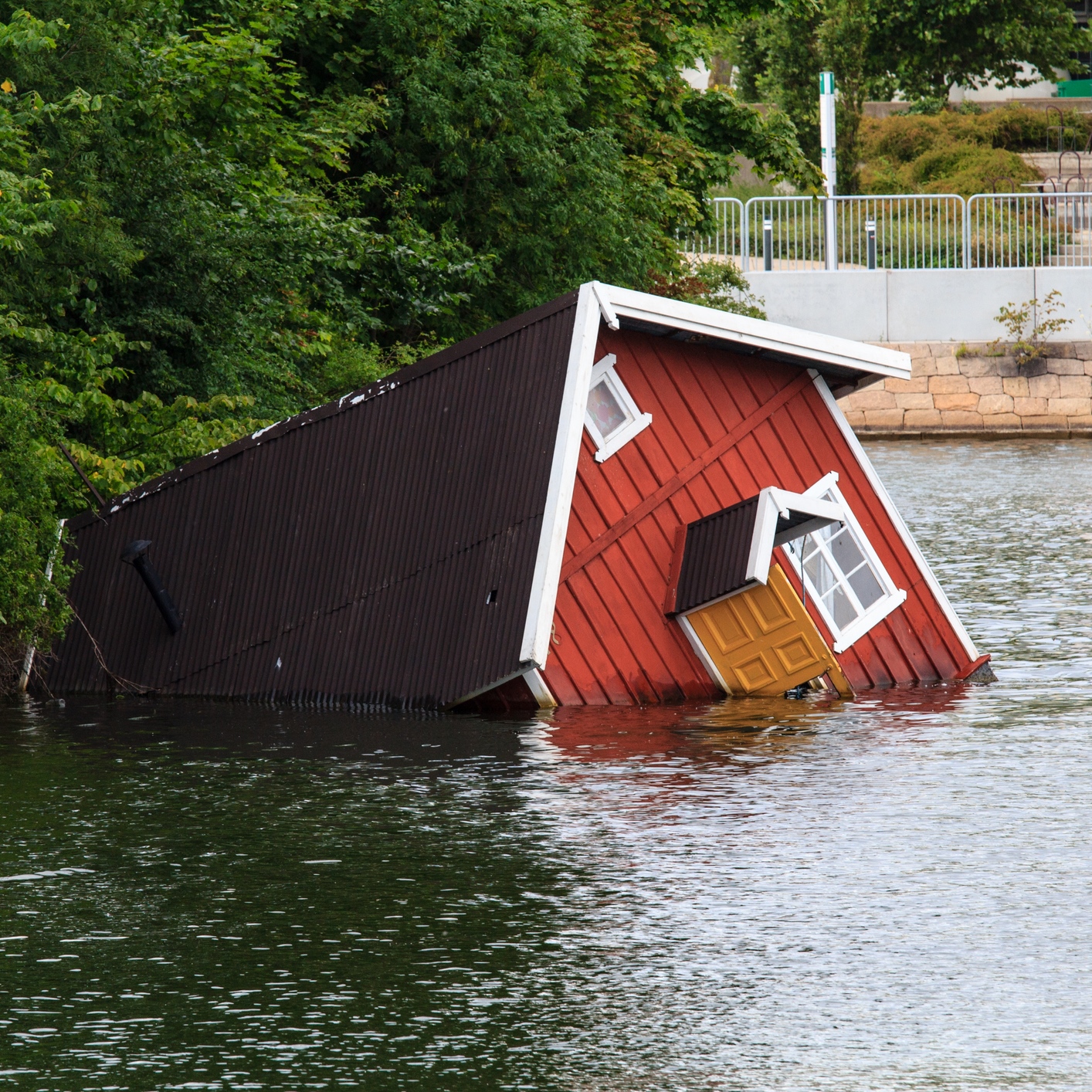Housing
Hurricane Harvey Residential Losses May Reach $37 Billion

Published:
Last Updated:

As the remnants of Hurricane Harvey move inland, estimates of the amount of financial damaged it has caused continue to rise sharply. One research firm puts residential losses as high as $37 billion. And many of the residences damaged are uninsured.
CoreLogic’s calculations:
According to the data analysis, insured flood loss for homes in the 70-county area in Texas and Louisiana affected by the storm is estimated to be between $6.5 billion and $9.5 billion, which includes inland, flash and storm surge flooding. An additional estimated $1 billion to $2 billion in insured loss is attributed to damage from wind. Residential uninsured flood loss for the same area is estimated to be between $18 billion and $27 billion. As a result, an estimated 70 percent of flood damage from Hurricane Harvey is not covered by any insurance.
Among the most worrisome factors about the aftermath of the storm are whether people can rebuild or repair tens of thousands of homes, and whether many will try to do so at all. If these problems are widespread enough, many people could be indefinitely without a place to live. Huge numbers of houses in the region may be boarded up or bulldozed because they will never be inhabited. Parts of the region may start to look like the most troubled inner-city neighborhoods in places such as Detroit.
The federal government is the only organization that can partially offset the lack of personal financial resources and insurance needed to solve a portion of the problem. It is unclear whether any legislation will be set that even attempts to offer the necessary aid. Additionally, there is no guarantee the White House would approve a plan created and voted on by Congress. Most likely the consideration of solutions may have to include banks, which will take massive losses on mortgages on homes that have become uninhabitable.
The figures of the losses almost certainly will rise once the storm has been gone long enough for experts to enter affected areas and inspect the damage.
The average American spends $17,274 on debit cards a year, and it’s a HUGE mistake. First, debit cards don’t have the same fraud protections as credit cards. Once your money is gone, it’s gone. But more importantly you can actually get something back from this spending every time you swipe.
Issuers are handing out wild bonuses right now. With some you can earn up to 5% back on every purchase. That’s like getting a 5% discount on everything you buy!
Our top pick is kind of hard to imagine. Not only does it pay up to 5% back, it also includes a $200 cash back reward in the first six months, a 0% intro APR, and…. $0 annual fee. It’s quite literally free money for any one that uses a card regularly. Click here to learn more!
Flywheel Publishing has partnered with CardRatings to provide coverage of credit card products. Flywheel Publishing and CardRatings may receive a commission from card issuers.
Thank you for reading! Have some feedback for us?
Contact the 24/7 Wall St. editorial team.